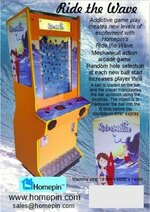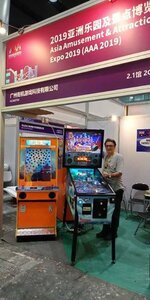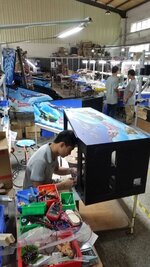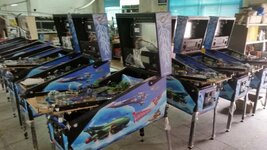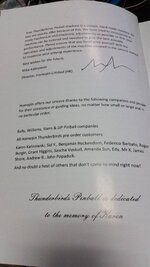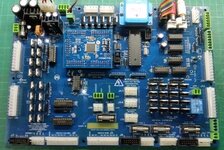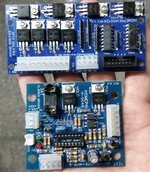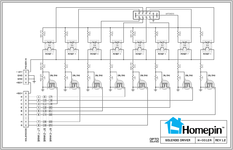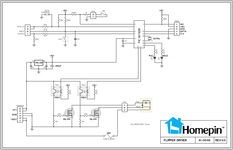The rumour is that Mike has run out of money, check out the pinside thread! The last post is outstanding!
I would be careful what I believed reading Pinside. As others have pointed out there are a lot of toxic posts AND people there that have an axe to grind with me for whatever petty reason they might have?? I certainly don't know it. Far too many keyboard warriors there for me to be bothered with the stupidity. A quick email to me would have quashed that rumor but I guess that's not as much fun as sticking the knife in or spreading
BS? I don't post much on the Homepin Facebook page because it is very difficult to do as it is blocked in China and VPNs aren't as good as some would have you believe.
Homepin also exhibited at the recent arcade machine show in Guangzhou, 8-11 May (pic below) and we spoke to dozens of potential customers at that show. We exhibited a Thunderbirds Pinball and two Ride the Wave prototypes.
Far from going broke, we have been super busy building our new ball balance game, "Ride the Wave" and also working on a contract pinball for a large company that will be sited in their stores but not available for sale to the public. We have two other pinball projects in the works but they won't be for sale (initially anyway) outside China. (a couple of pics I took last Friday of TAGs being assembled are also below).
I'll also add that Homepin in Australia IS NOT a Pty Ltd company so 'trading while insolvent' doesn't apply - Homepin Australia is a sole trader structure with me as the sole proprietor. I can trade as insolvent as I like and there are no legal ramifications (I'm not, but I'm adding some clarification to the rubbish being spread around). In Hong Kong and mainland China both companies are Ltd companies with me as the sole director. Our tax return filings are up to date in both jurisdictions and you would quickly be shut down by the authorities here if they weren't.
As to 'unfilled pre-orders' - let me say, for the 200th time, preorder buyers mostly PART paid (a few in full) for a machine. They DID NOT pay the tax (GST) or the freight from the factory and this was always a part of the sale and clearly printed on every invoice. There is an amount of around AU$1000 outstanding to cover these costs. For months now we have been negotiating with the few remaining people and I think we are finally getting somewhere. There are (as at todays date) less than 15 outstanding preorder machines so it's hardly make or break time in any case.
A video of a prototype Ride the Wave can be seen at this link (we have made dozens of changes to software and sounds/music and the cabinet since this video was taken, including adding ball save).
I am available anytime to answer questions from people wanting more information and, as usual, I'm always happy to show people around our two factories. We usually have at least one 'tourist' a month visit us.
Mike Kalinowski
Its the Aussies on Pinside that are mostly doing it. I think Mike may have wronged them at some point in some way, so they hold a grudge? They seem to take pleasure in criticising any bit of news, no matter how positive, that comes out either about the pin, or someone who has got it. Mike has been quite vocal and confrontational (arguably in the face of provocation) on the thread, and has flounced in and out of it several times - which I guess hasn't helped. I guess you could understand that though if you're a one-man-band, with a dream, and people are just slating you/the pin/the company at every opportunity.
On the US side, I think there are also some long term grievances over how Homepin pinched some code that was done by a guy called Ben Heck, without attribution? That side of things is definitely sketchy, and indefensible really.
There is definitely an undercurrent of anti-Chinese attitude though from people who are Team Stern etc, for sure.
But objectively speaking whilst TB as a theme does nothing for me, and I've heard that there are some genuine complaints about "feel" of the pin, nevertheless the guy has made a pin from scratch, realised a dream and overcome a number of personal and professional obstacles that would've stopped others in their tracks. It deserves a measure of respect for that at least.
Ben Heck is happy - it's just a few stirrers trying to be "offended on his behalf". Ben is indeed attributed in our service manual - see the intro below. Also see Bens Pinside post below where he acknowledeges that "he is happy" - end of the matter.
